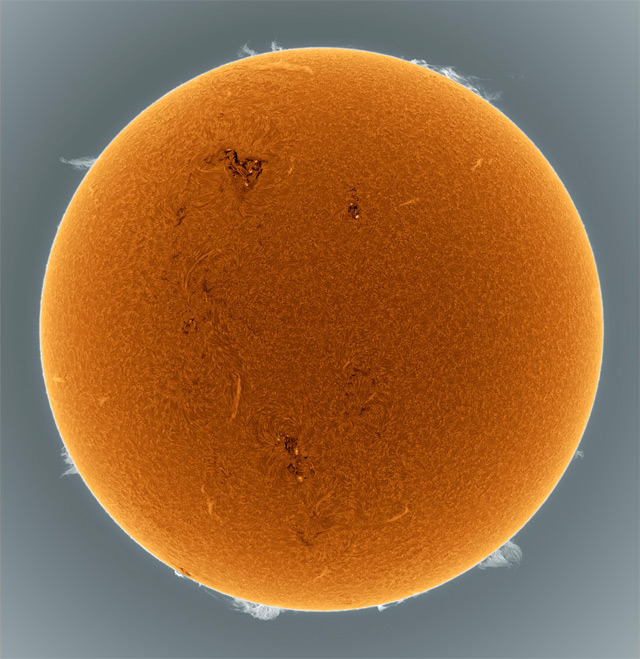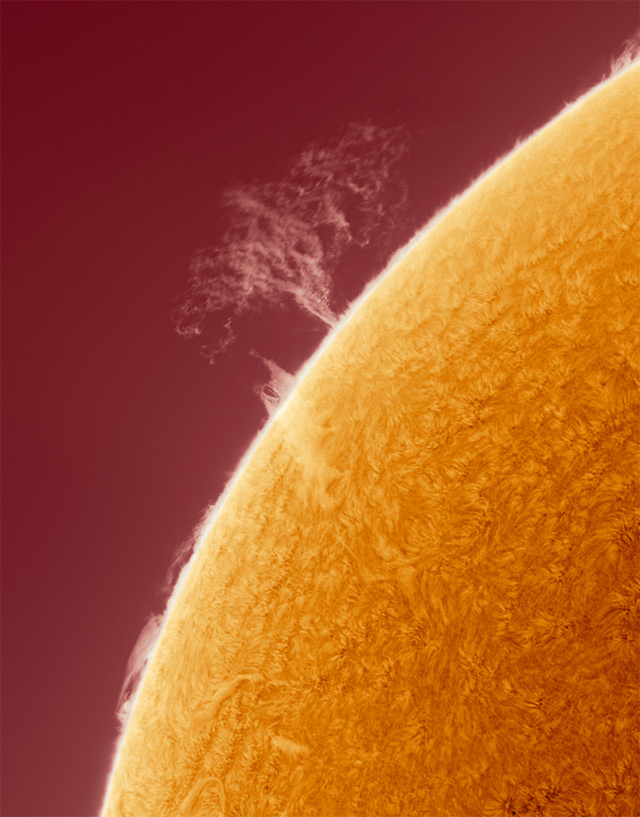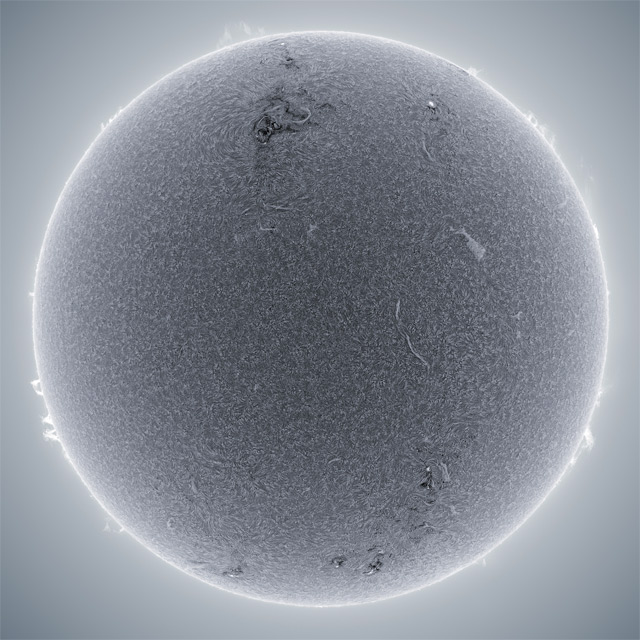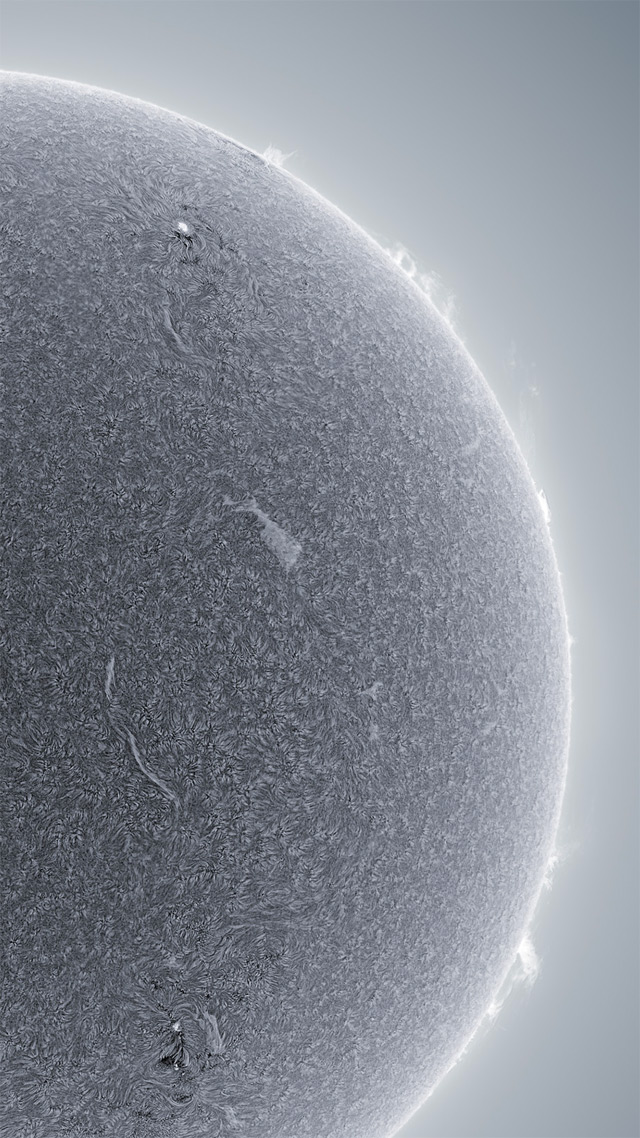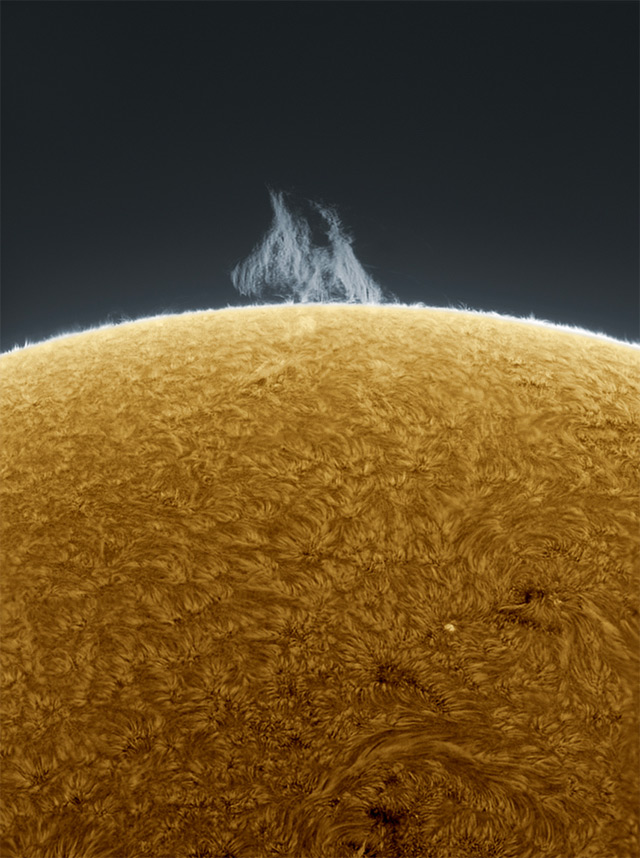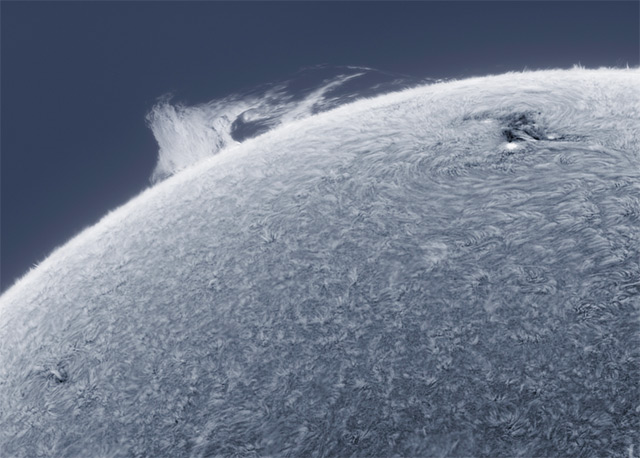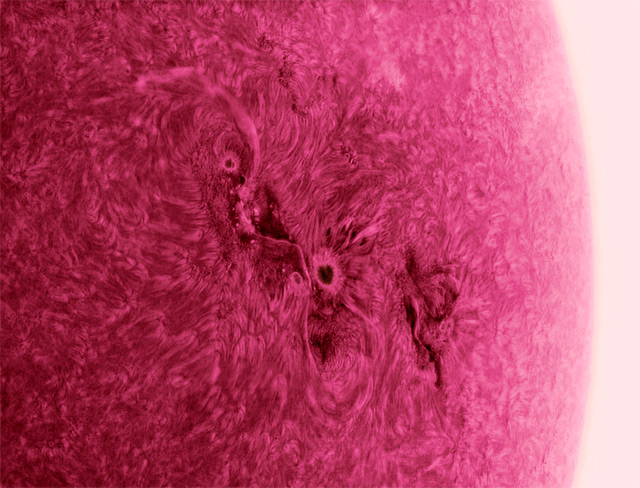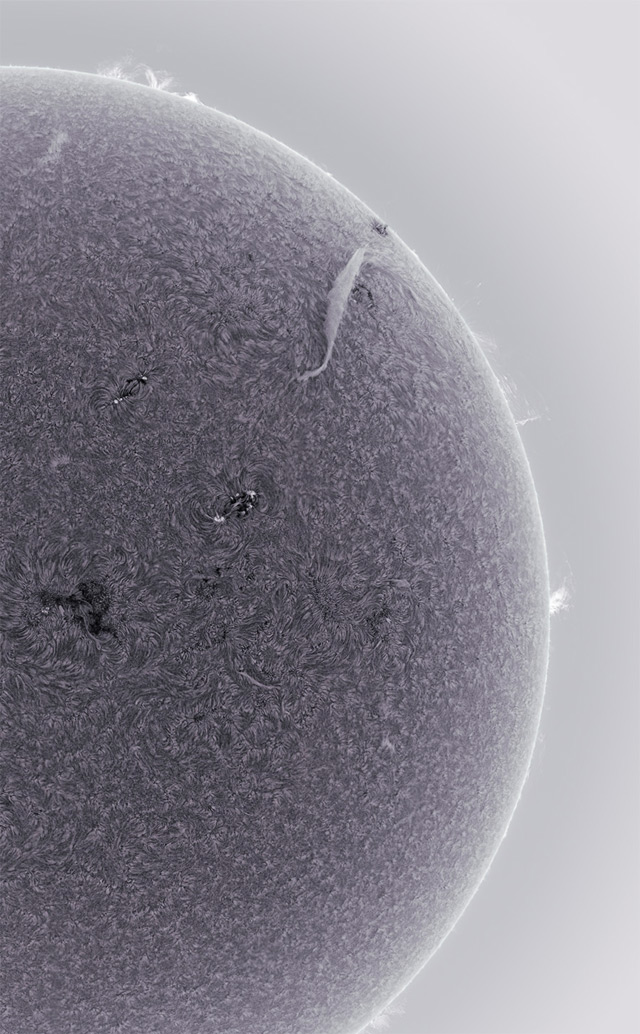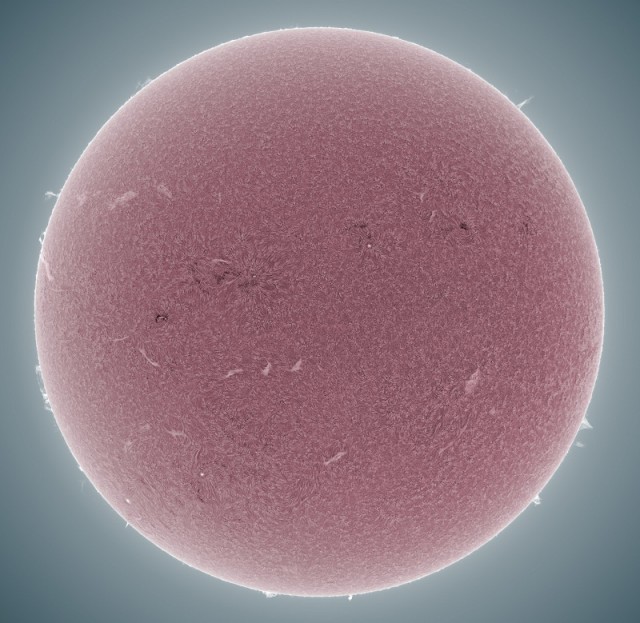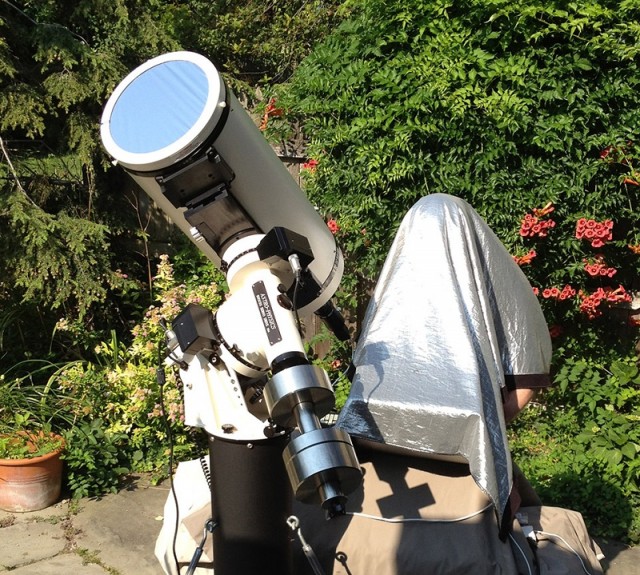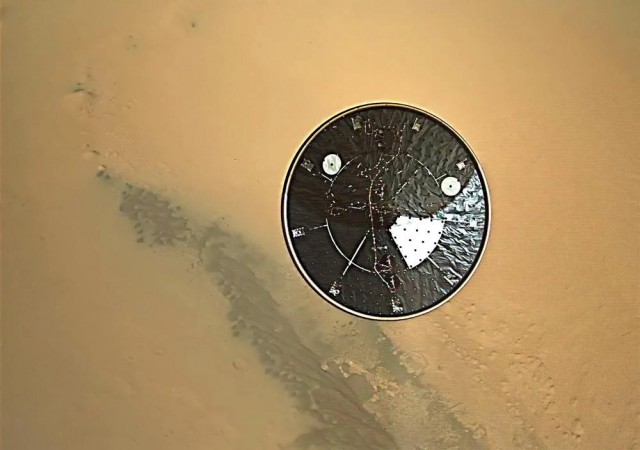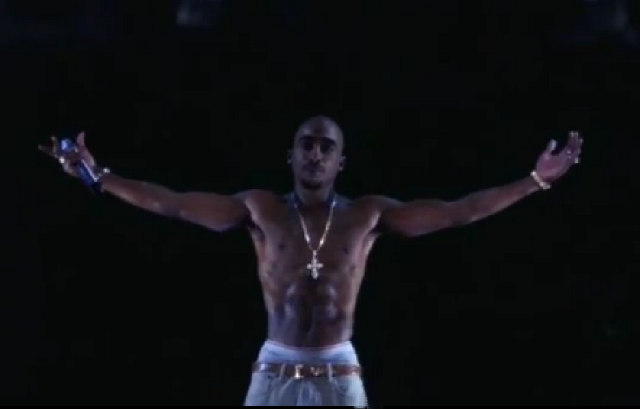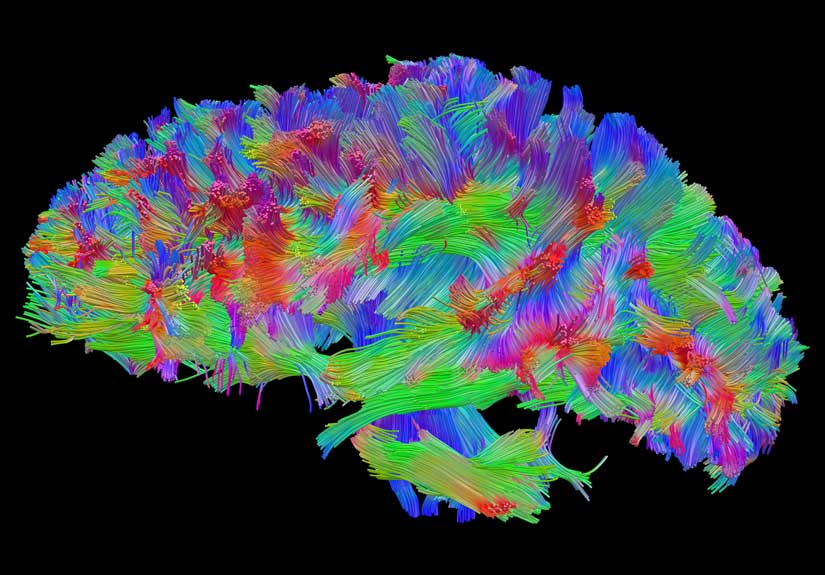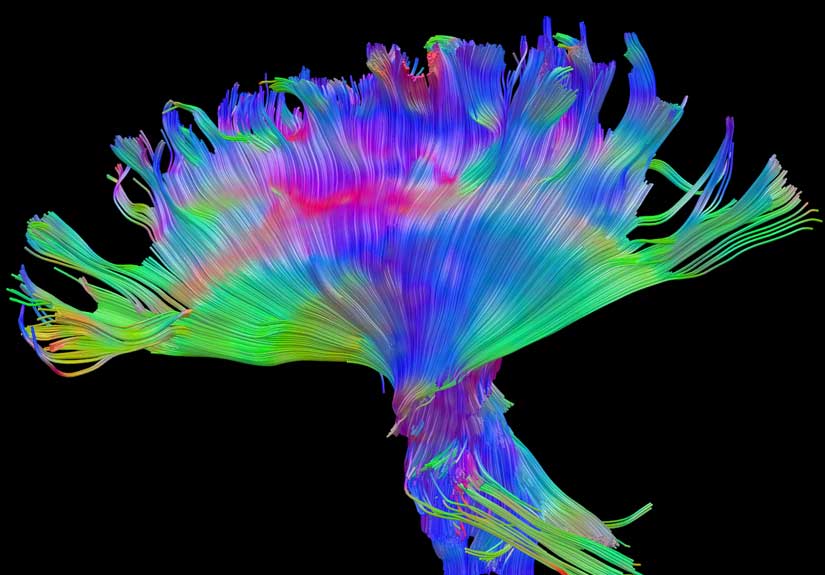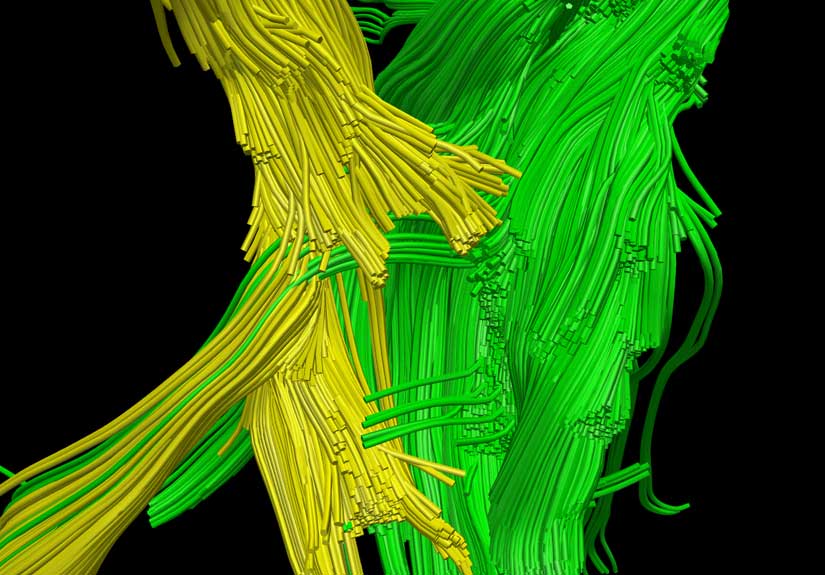“A hibernation project… a warm weather sun set aside to work on during the cold, sunless days of January. Captured June 10, 2012, completed today.
buy viagra capsules online https://pridedentaloffice.com/wp-content/languages/en/viagra-capsules.html no prescription
“
“Not a mouse, of course, but a mammoth solar filament stretched across the sun today. Filaments are prominences from a different point of view… gigantic splashes of hydrogen plasma seen in front of the disk of the sun rather than against the background of space.”
“The sun is quiet in late August… perhaps on vacation, like everyone else”
Alan Friedman is responsible for these incredible High-Definition photographs of the Sun. He shoots the images from his backyard in downtown Buffalo with a setup that looks like this:
Of course, no images of the sun come out of the camera with such dazzling precision and color. Alan performs days of post-processing to give the photographs the finished look.
buy viagra soft online https://pridedentaloffice.com/wp-content/languages/en/viagra-soft.html no prescription
You can read more about the process at his blog.
-RSB
[via Visual News]

